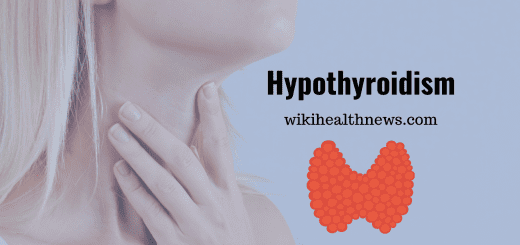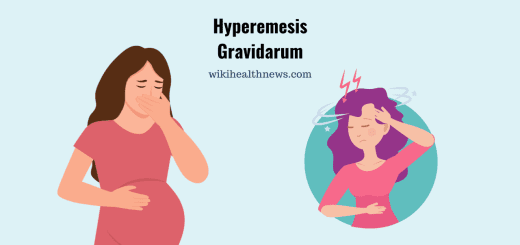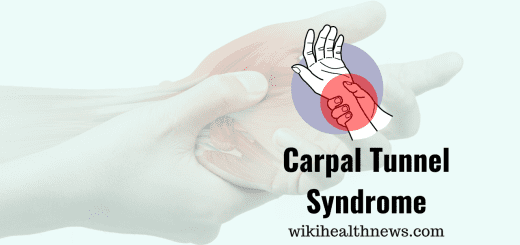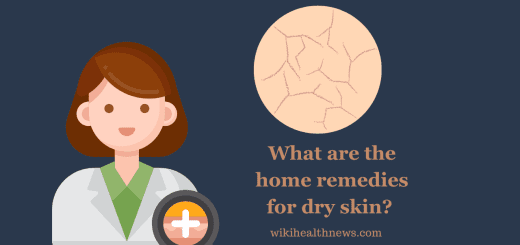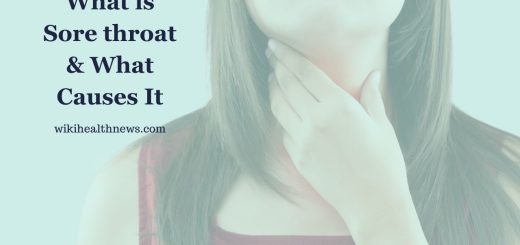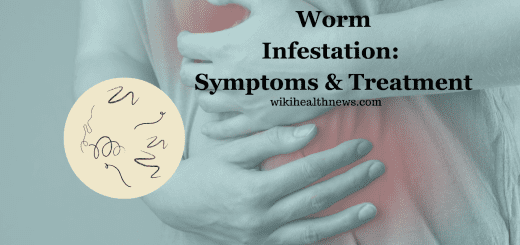Sunburn Symptoms, Treatment & Prevention
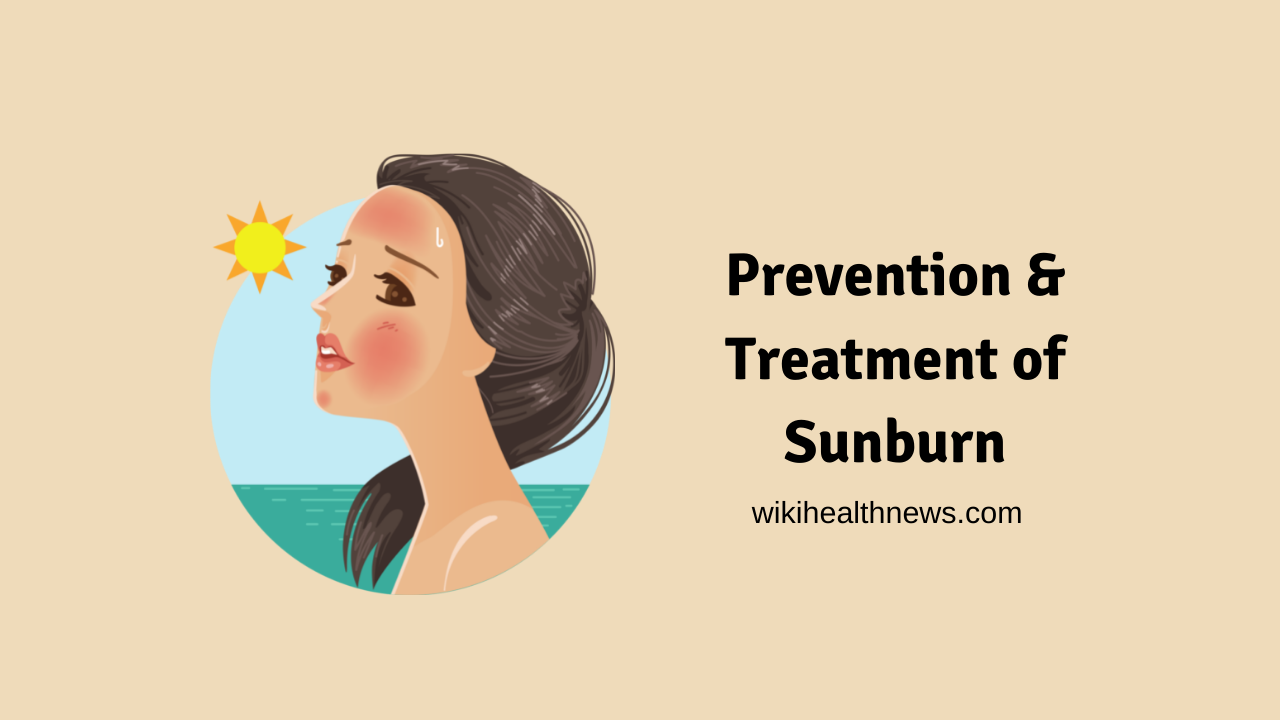
What is sunburn?
Sunburn is the skin problem from too much exposure to the sun’s ultraviolet (UV) rays. UV light from artificial sources such as tanning beds can also burn skin. This is actually a radiation burn to the skin. More exposure to sunrays which will lead to premature skin aging and skin cancer. To minimize the risk of sunburn by taking steps to protect the skin from the sun.
What are the types of sunburn?
Sunburns are categorized according to the severity of skin damage. The most common types of n include:
FIRST DEGREE
The damage to the skin is mostly the outer layer. Usually this type of skin damage heals on its own in a few days.
SECOND DEGREE
This type of sunburn will damage the inner part of the skin called dermis. This type of sunburn will cause blistering. This type will take a week or more to heal. And also this type will need medical treatment.
THIRD DEGREE
This type is very rare. People who might get this kind of sunburn will be exposed to:
- Severely damages all layers of skin, including the fat layer beneath the skin.
- May also destroy the nerve endings.
- Requires emergency treatment.
Taking medication that makes you more sensitive to UV rays rarely leads to third degree sunburn. Or it could happen if people fall asleep in the sun for many hours near the equators. But mostly the third degree burns result from a chemical burn or fire.
How common is sunburn?
Sunburns are very common these days. Mostly sunburns are even more common in younger people. Between half and three quarters of children is younger than 18 will have the sunburns in each year
Symptoms and causes:
Sunburn is caused by exposure to two types of ultraviolet rays from the sun called UVA rays and UVB rays. Both types of rays can burn the skin.
Increase chance of skin lesions depends on:
- The amount of time that we spend in the sun.
- Certain medications which include antibiotics such as doxycycline and Bactrim, nonsteroidal anti-inflammatory drugs (NSAIDS), retinoids and heart medications such as diuretics.
- Intensity of UV rays which is affected by time of day, cloud coverage, altitude and closeness to the equator.
- Geolocational disadvantages: If you are in an area of ozone depletion
- Skin type and pigmentation including tanning, although anyone can get a sunburn.
What are the symptoms of sunburn?
Symptoms of sunburn depend on how severe the sun burn is. Symptoms may include:
In first degree sunburn:
- Redness
- Skin feels hot or tight
- Pain or tenderness
- Blistering
- Swelling
- Peeling skin
- Fatigue
- Fever
- Headache
- Nausea
Second degree sunburn symptoms:
- Extremely red skin
- Blistering and swelling over a large area.
- Wet-looking skin
- Pain
- White discoloration within the burn
- Feeling of heat illness like confusion, dizziness, exhaustion, fast breathing, muscle cramps.
Third degree sunburn symptoms:
- Leathery looking burn
- Numb skin
- White or dull skin color
- All of the above systemic heat illness symptoms including shock heat stroke.
Management and treatment:
How is sunburn treated?
Sunburn often goes away within a few days to a week. If you have severe blistering or dehydration, the provider may give you rehydration fluids.
Third degree sunburn will require extensive treatment like skin grafting. This therapy removes dead skin and replaces the area with healthy skin from elsewhere on your body. These burns take weeks or longer to heal and also have severe complications.
Can I treat sunburn at home?
You can try a few first aid therapies to treat first and second degree sunburns at home. Steps you can take include:
- Cover the sunburned skin while it heals, especially when outside.
- Drink water to avoid dehydration.
- Leave blisters alone until they heal.
- Take a cool bath or shower. Take a bath with oatmeal or baking soda to soothe sore skin.
- Take NSAIDS for pain relief.
- Use topical cooling and hydrating gels, creams and ointments, including hydrocortisone cream, aloe vera gel or petroleum jelly.
Prevention:
How can I reduce the risk of sunburn?
- Apply broad spectrum sunscreen every day before exposure to sun to protect against both UVA and UVB rays. Reapply the sunscreen every 2hours when outdoors and more often after swimming and sweating.
- Avoid sun tanning and tanning beds.
- Be aware of sun exposure when taking medications that increase skin’s sensitivity.
- Limit the sun exposure- time within 10am and 4pm when UV rays are strongest.
- Check with the Dermatologist for annual skin cancer checks.
- Use sunglasses that filter UV rays.
- Protective clothing such as long sleeved garments and pants with wide brimmed hats can prevent sunburn.
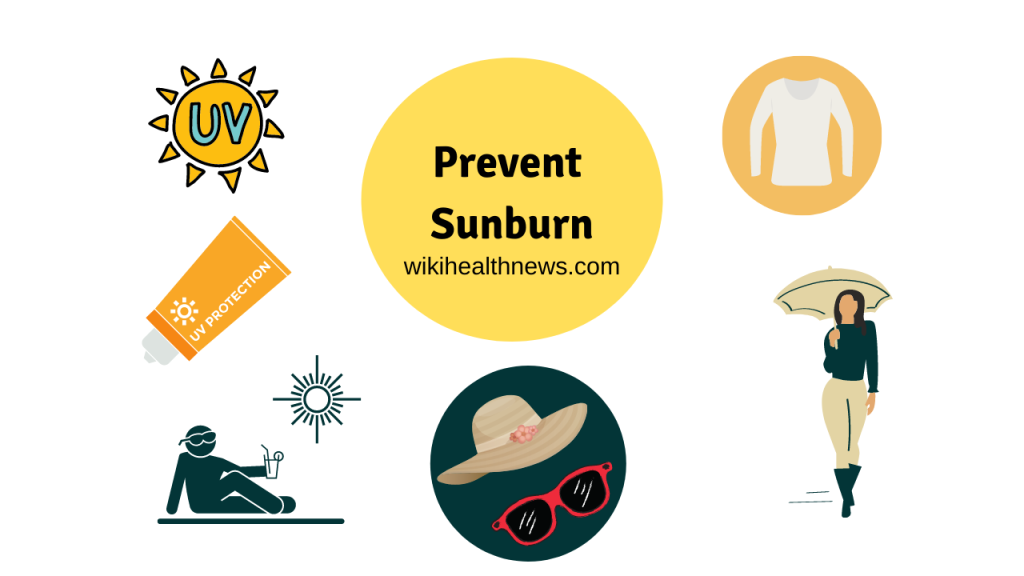
There are any other factors that put everybody at higher risk?
- Having soft skin, freckles, light blue eyes, or red or blonde hair.
- Live or spend time at a high altitude place or closer to the equator.
- Play sports or swim outdoors frequently.
- Spend a lot of time on the water, such as boating, fishing, paddle boarding, etc.
- Tan regularly
- Work outdoors.
Are there long term effects from sunburns?
- Eye damage which is lead to surgery called cataracts
- Precancerous skin lesions, dryness, rough patches that may cause skin cancer.
- Premature skin changes like aging, including discolored age spots, freckles, red veins, wrinkles and sagging.
- Skin cancer, especially on areas most exposed to sun, such as arms, back, ears, face and legs. Skin cancer can range from pink scaly spots, to local sores that don’t heal to multicolored lesions that can metastasize to internal organs.
